Home>Articles>How To Remove Electrical Wire From Push-In Connector
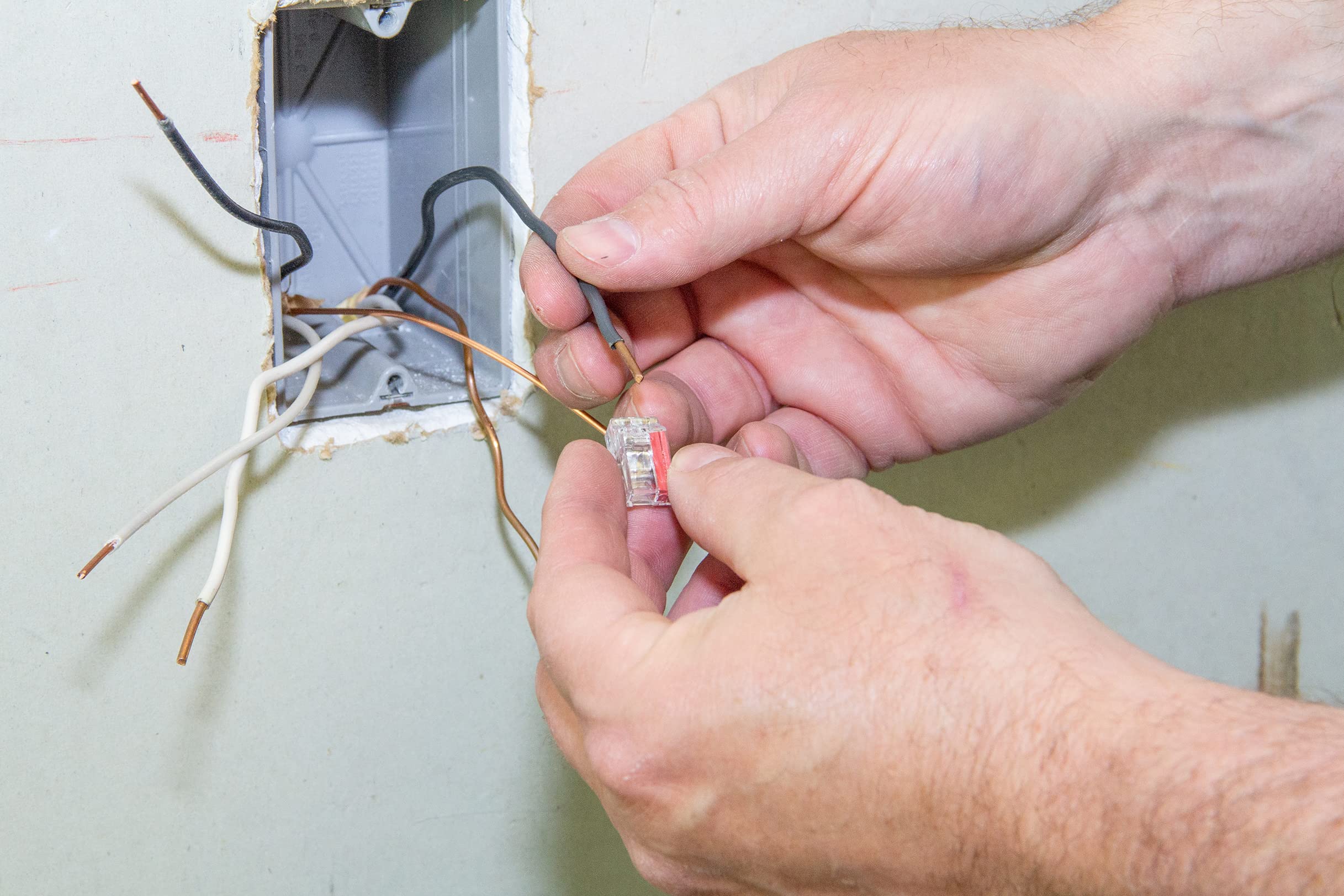

Articles
How To Remove Electrical Wire From Push-In Connector
Modified: January 19, 2024
Learn how to easily remove electrical wires from push-in connectors in this informative article.
(Many of the links in this article redirect to a specific reviewed product. Your purchase of these products through affiliate links helps to generate commission for Storables.com, at no extra cost. Learn more)
Introduction
Electrical wiring is a crucial component of any building’s infrastructure, ensuring the safe and efficient flow of electricity throughout the space. When it comes to connecting wires, there are several methods available, one of which is using push-in connectors. These connectors are designed to make the installation process faster and more convenient by eliminating the need for twisting and tightening wire nuts.
However, there may come a time when you need to remove a wire from a push-in connector, whether it’s due to repair work, replacement, or any other reason. The process of removing a wire from a push-in connector requires attention to detail and proper technique to avoid any damage or accidents.
In this article, we will guide you through the step-by-step procedure of removing electrical wire from a push-in connector. We will also highlight the necessary tools and materials you will need for the task, as well as essential safety precautions to keep in mind. So, let’s get started!
Key Takeaways:
- Safely removing electrical wires from push-in connectors requires turning off the power, using the right tools, and handling wires with care to prevent accidents and ensure a successful disconnection.
- Prioritize safety and follow manufacturer guidelines when removing wires from push-in connectors. If unsure, seek professional assistance to handle electrical connections effectively and safely.
Understanding Push-In Connectors
Push-in connectors, also known as push-in wire connectors or push-in terminal blocks, are a type of electrical connector that allows for quick and easy wire installation. They are commonly used in residential, commercial, and industrial electrical applications. These connectors are designed to securely hold wires in place without the need for additional tools or twisting of wires.
Push-in connectors typically consist of a plastic housing with multiple spring-loaded slots or terminals. Each terminal is designed to accommodate a single wire. When a wire is inserted into the terminal, the spring-loaded mechanism inside the connector holds the wire firmly in place. The connector creates a reliable electrical connection by pressing the metal contact of the wire against the internal conducting surface of the terminal.
One of the main advantages of push-in connectors is their ease of use. Unlike traditional methods such as wire nuts or screw terminals, push-in connectors eliminate the need for twisting or tightening wires. This can significantly reduce installation time, especially when working with multiple wires or in tight spaces.
Push-in connectors also offer excellent conductivity and electrical performance. The internal design of the connector ensures proper contact between the wire and terminal, minimizing resistance and ensuring a reliable connection. Additionally, the plastic housing of push-in connectors often features color-coding or labeling, making it easier to identify and organize different wires during installation and troubleshooting.
It is important to note that push-in connectors are not suitable for all types of electrical connections. They are typically used for solid or stranded copper wires of a specific gauge range. It is crucial to check the manufacturer’s specifications and guidelines to ensure that the push-in connector is compatible with the wire type and size you are working with.
Now that we have a basic understanding of push-in connectors, let’s move on to the tools and materials you will need to remove a wire from a push-in connector.
Tools and Materials Needed
Before you begin the process of removing a wire from a push-in connector, it’s important to gather the necessary tools and materials. Having the right equipment will help ensure a smooth and safe removal process. Here are the tools and materials you will need:
- Needle-nose pliers: These pliers are essential for gripping and pulling the wire out of the push-in connector. Their narrow tips allow for precise manipulation.
- Wire strippers: In some cases, you may need to strip the wire insulation before removing it from the push-in connector. Wire strippers can help you easily remove the insulation without damaging the wire.
- Insulated gloves: Although not a tool per se, insulated gloves are essential for your safety when working with electrical connections. They provide protection against potential shocks or accidental contact with live wires.
- Optional: Wire cutter: If you need to cut the wire during the removal process, a wire cutter can come in handy. Make sure to use a cutter suitable for the wire gauge you are working with to ensure clean and precise cuts.
These tools and materials should be easily accessible at your local hardware store or online. It’s important to have them ready before you start, ensuring a smooth removal process without any interruptions.
Once you have gathered the necessary tools and materials, you’re ready to proceed with the step-by-step procedure for removing a wire from a push-in connector. But before we delve into the process, let’s discuss some important safety precautions to keep in mind.
To remove an electrical wire from a push-in connector, use a small flathead screwdriver to press down on the release tab while gently pulling the wire out. Be sure to turn off the power before attempting to remove the wire.
Step-by-Step Procedure for Removing Electrical Wire from Push-In Connector
Removing a wire from a push-in connector requires careful attention to detail to ensure a safe and accurate disconnection. Follow these step-by-step instructions to successfully remove an electrical wire from a push-in connector:
- Ensure your safety: Before starting any electrical work, it’s vital to turn off the power to the circuit you’re working on. Locate the circuit breaker or fuse box and switch off the corresponding circuit. Additionally, wear insulated gloves to protect yourself from accidental electrical shocks.
- Identify the wire to be removed: Identify the specific wire that needs to be disconnected from the push-in connector. Look for any markings or labels on the wire insulation to assist you in identifying the correct wire.
- Prepare the tools: Gather the necessary tools and have them readily available. This includes needle-nose pliers and wire strippers, as well as any other tools you may need depending on the specific situation.
- Inspect the push-in connector: Carefully examine the push-in connector to familiarize yourself with its design and internal mechanism. Note the location of the slot or terminal that holds the wire you want to remove.
- Release the wire: Using the needle-nose pliers, grip the wire close to the point where it enters the push-in connector. Apply gentle pressure to release the spring-loaded mechanism inside the connector. This will loosen the grip on the wire.
- Pull out the wire: Once the grip on the wire has been loosened, gently pull the wire out of the push-in connector using the pliers. To avoid any damage, apply an even and steady force while pulling the wire away from the connector.
- Inspect the wire: After removing the wire from the push-in connector, inspect it for any damage or signs of wear. If necessary, trim the wire end using wire cutters to remove any frayed or damaged sections.
It’s important to note that not all push-in connectors have the same design or release mechanism. Some connectors may require additional steps or specific techniques for wire removal. Always refer to the manufacturer’s instructions or guidelines for the particular push-in connector you are working with.
By following these steps, you should be able to successfully remove an electrical wire from a push-in connector. However, it’s crucial to prioritize safety and exercise caution throughout the process. Now, let’s move on to some essential safety precautions to keep in mind.
Safety Precautions
Working with electrical connections, including removing wires from push-in connectors, requires careful attention to safety to prevent accidents and injuries. Here are some essential safety precautions to keep in mind:
- Turn off the power: Always turn off the power to the circuit you’re working on before attempting to remove a wire from a push-in connector. Locate the circuit breaker or fuse box and switch off the corresponding circuit to eliminate the risk of electric shock.
- Wear insulated gloves: Insulated gloves provide an additional layer of protection against electrical shocks. Make sure to wear gloves that are specifically designed for electrical work to safeguard yourself during the removal process.
- Handle tools with care: When using tools such as needle-nose pliers or wire strippers, handle them with caution. Ensure you have a firm grip on the tools and use them only for their intended purposes. Do not use damaged or faulty tools.
- Avoid excessive force: While removing the wire from the push-in connector, apply steady and even force. Avoid using excessive force that may damage the connector or wire. If you encounter resistance, reassess the wire’s position and the method you’re using to remove it.
- Inspect wires for damage: Before and after removing a wire, inspect it for any signs of damage, such as frayed insulation or exposed conductors. If the wire is damaged, take the necessary steps to repair or replace it before reconnecting it.
- Follow manufacturer guidelines: Different push-in connectors may have specific instructions or requirements for wire removal. Refer to the manufacturer’s guidelines or product manual to ensure you are following the correct procedure for the particular connector you are working with.
- Seek professional assistance if needed: If you are unsure about any aspect of removing a wire from a push-in connector or if you are not comfortable performing the task yourself, it is best to seek assistance from a qualified electrician. They have the expertise and knowledge to handle electrical connections safely and effectively.
By following these safety precautions, you can minimize the risk of accidents or electrical hazards while removing a wire from a push-in connector. Your safety should always be the top priority when working with electricity.
Now that you understand the necessary safety measures, you are ready to proceed with removing wires from push-in connectors with confidence and caution.
Conclusion
Removing an electrical wire from a push-in connector may seem like a daunting task, but with the right knowledge and approach, it can be done safely and efficiently. By following the step-by-step procedure outlined in this article and keeping the necessary safety precautions in mind, you can confidently tackle the task.
Push-in connectors offer a convenient and time-saving solution for wire installations, but there may come a time when you need to remove a wire for repair, replacement, or other reasons. It’s important to be familiar with the design and mechanism of push-in connectors to ensure a successful disconnection.
Before starting the removal process, gather the necessary tools, such as needle-nose pliers and wire strippers, and ensure your safety by switching off the power to the circuit and wearing insulated gloves. Take the time to carefully identify the wire that needs to be removed and inspect the push-in connector for the specific release mechanism.
Once you have loosened the grip of the connector on the wire, gently pull it out using the pliers. Inspect the wire for damage and trim it if necessary before proceeding with any further work.
Remember to always prioritize safety when working with electricity. Turning off the power, wearing protective gear, and handling tools with care are crucial to prevent accidents and injuries.
If you ever feel unsure or uncomfortable about removing a wire from a push-in connector, it is advisable to seek assistance from a qualified electrician. They have the expertise and experience to handle electrical connections safely and effectively.
In conclusion, by following the step-by-step procedure, practicing the necessary safety precautions, and seeking professional help when needed, you can successfully remove electrical wires from push-in connectors. With careful attention to detail and a commitment to safety, you can confidently handle electrical installations and repairs in your home or workplace.
Frequently Asked Questions about How To Remove Electrical Wire From Push-In Connector
Was this page helpful?
At Storables.com, we guarantee accurate and reliable information. Our content, validated by Expert Board Contributors, is crafted following stringent Editorial Policies. We're committed to providing you with well-researched, expert-backed insights for all your informational needs.
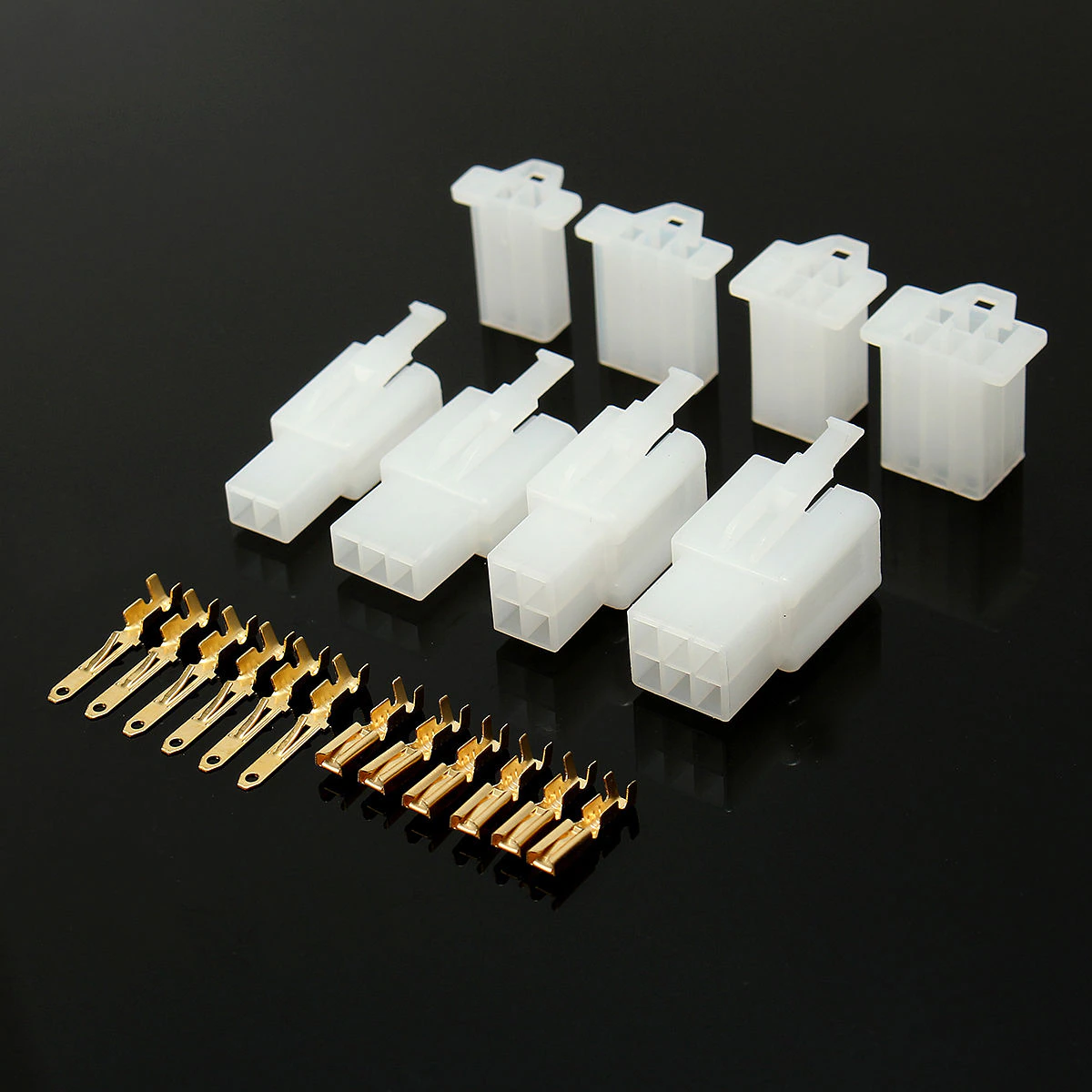
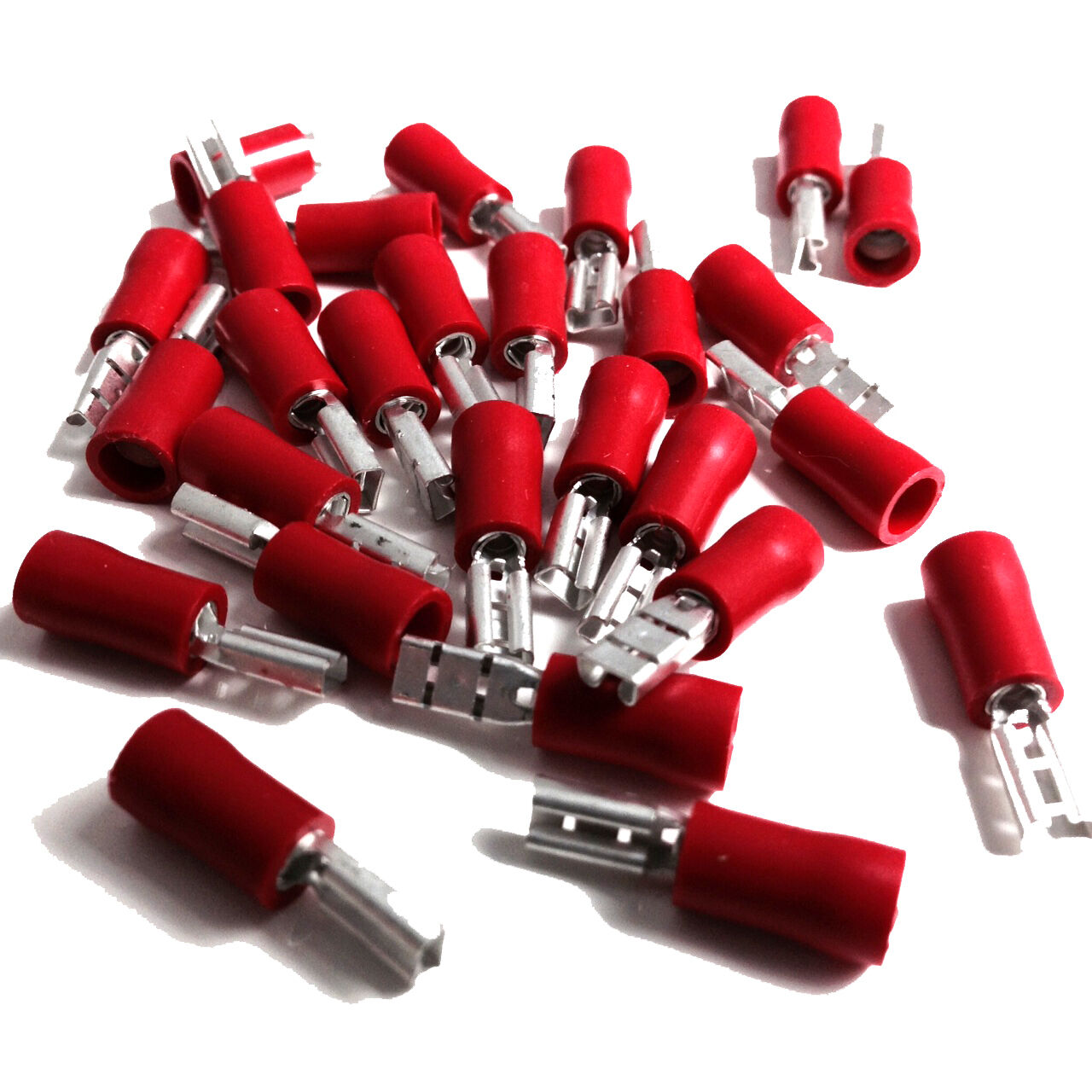
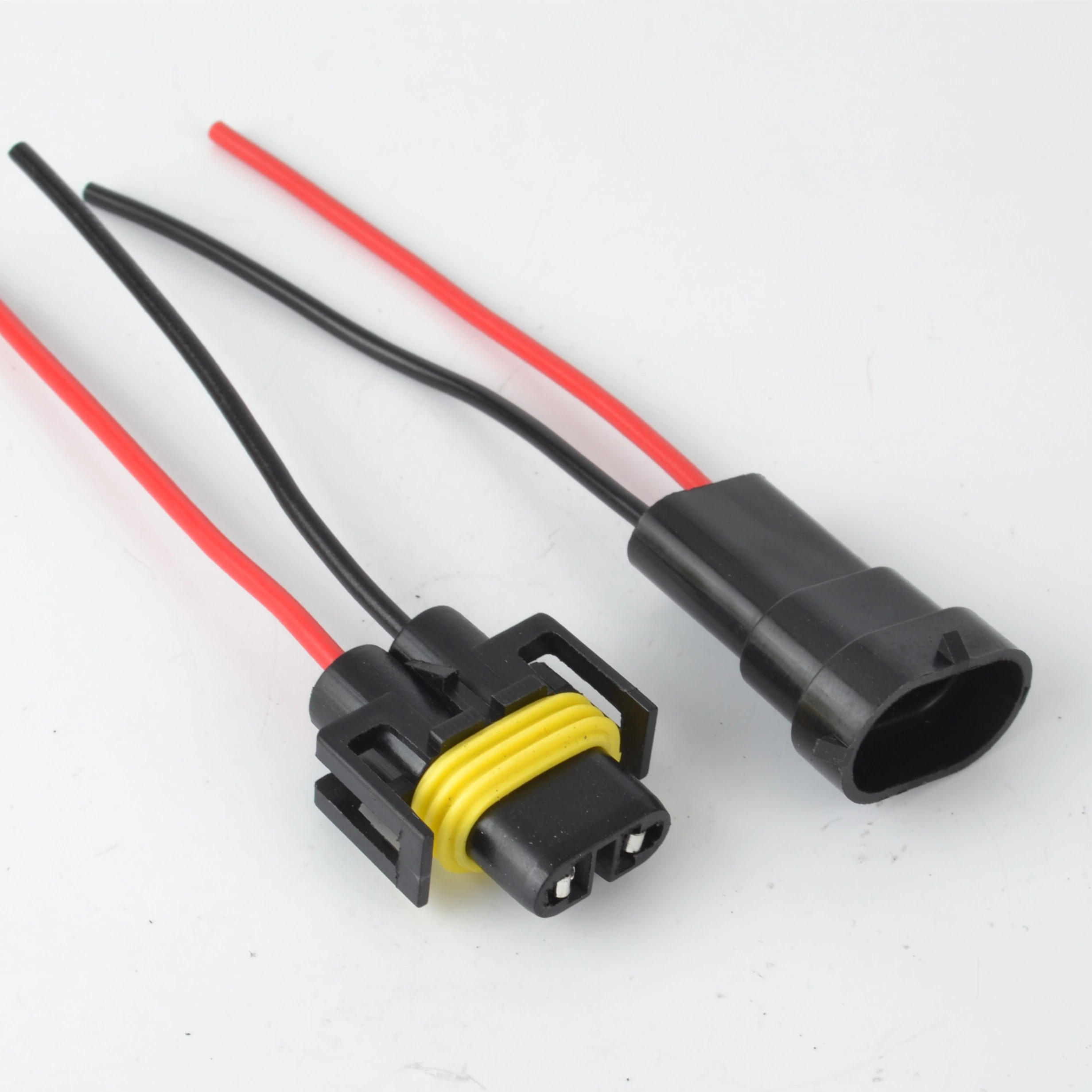
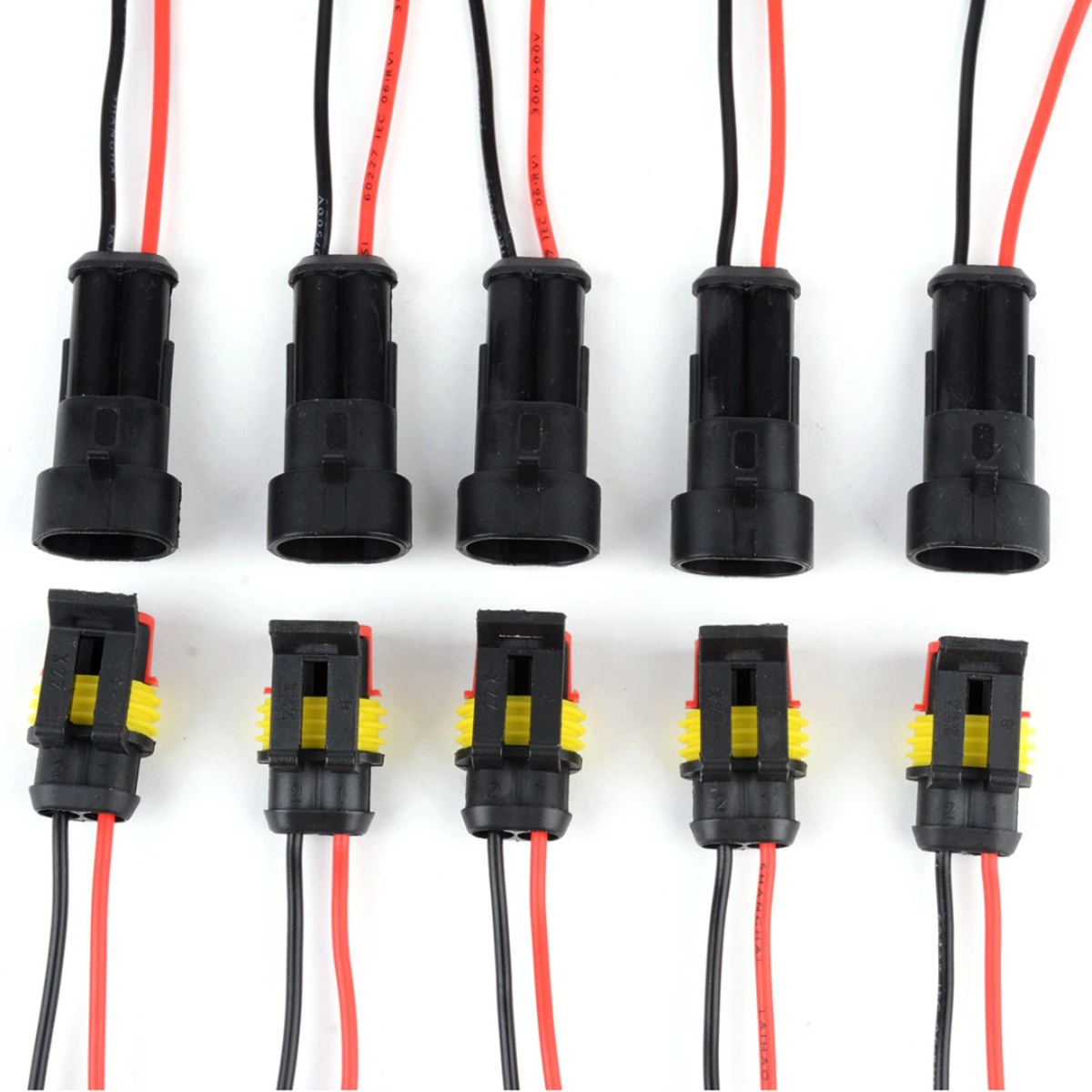
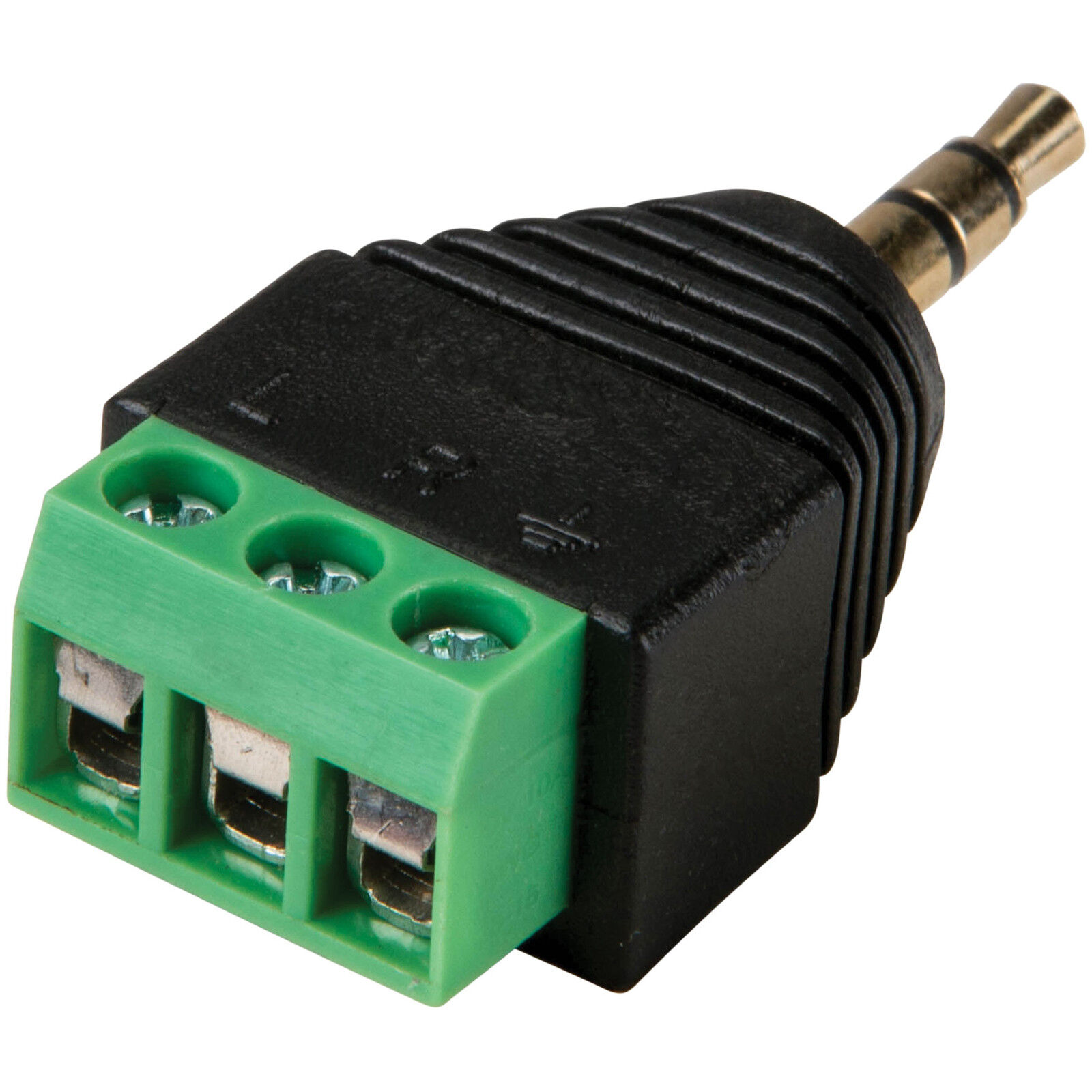
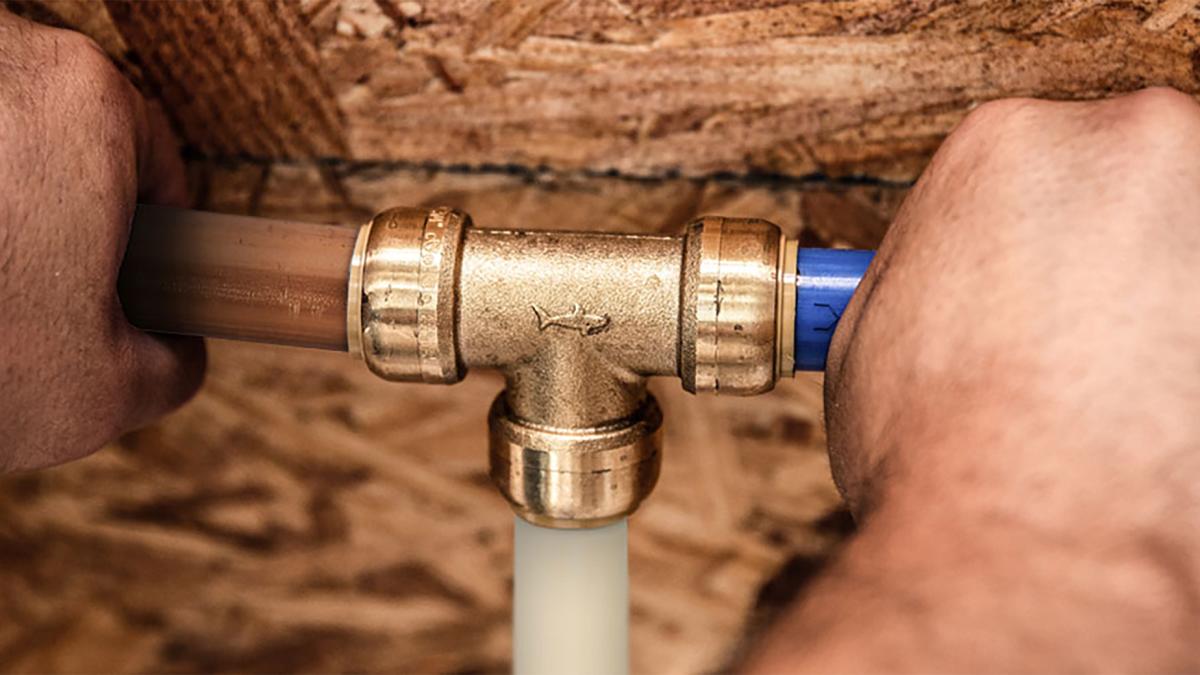


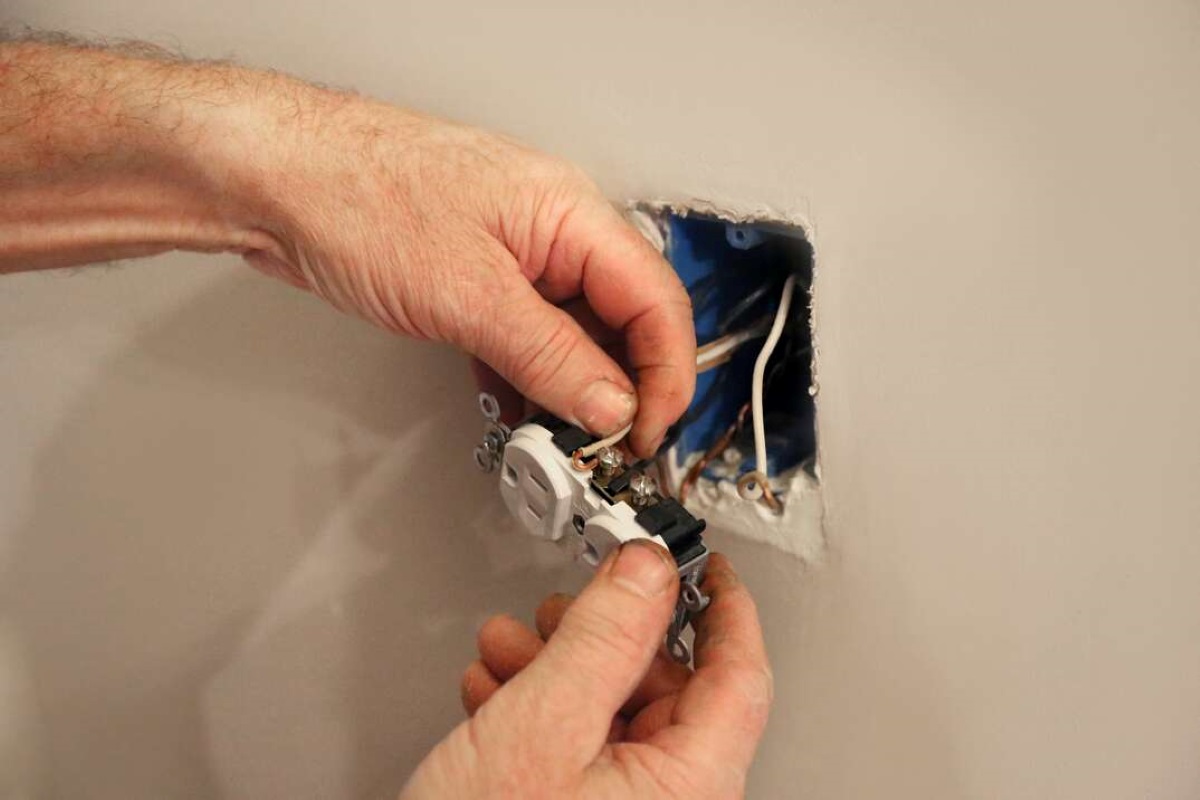
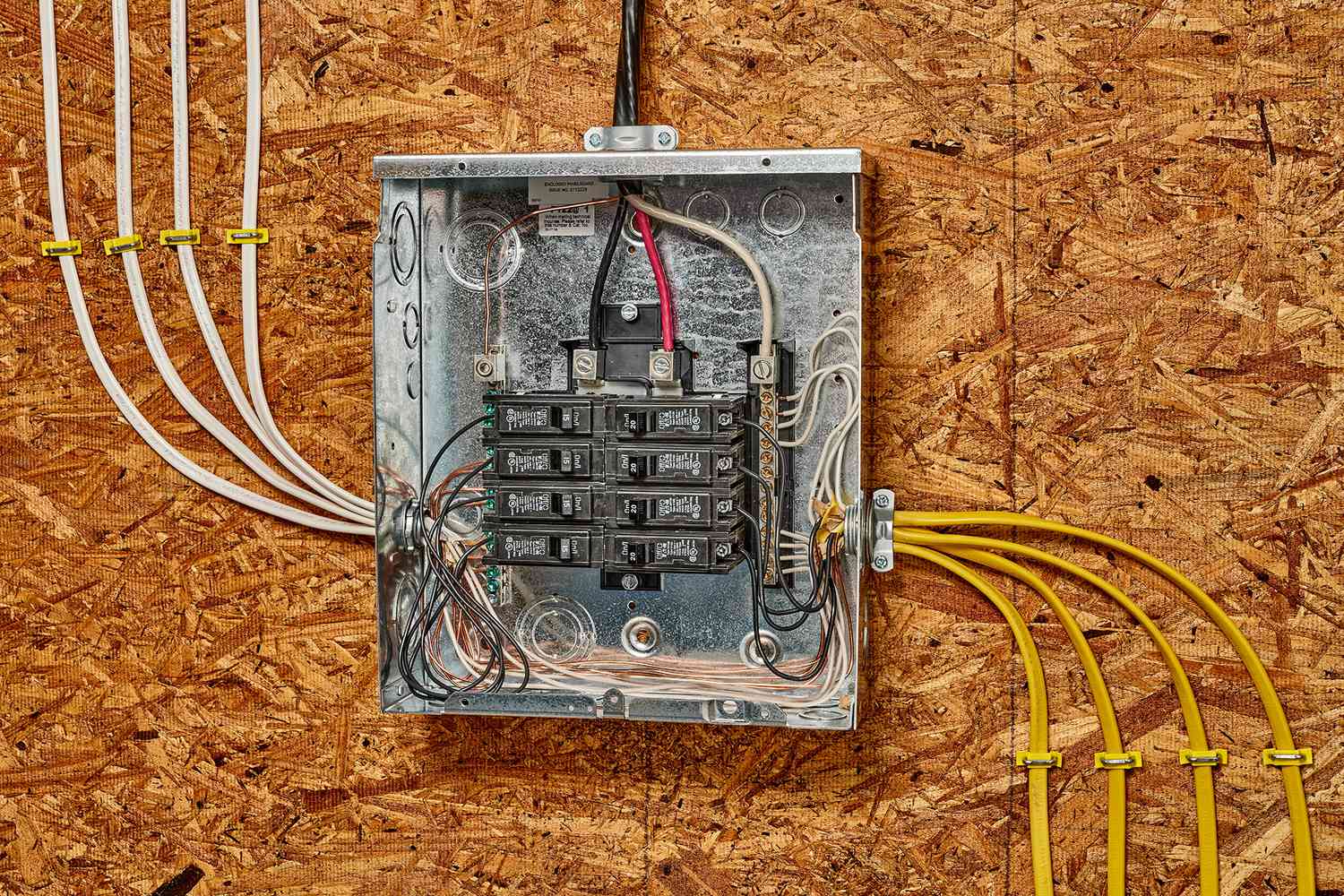
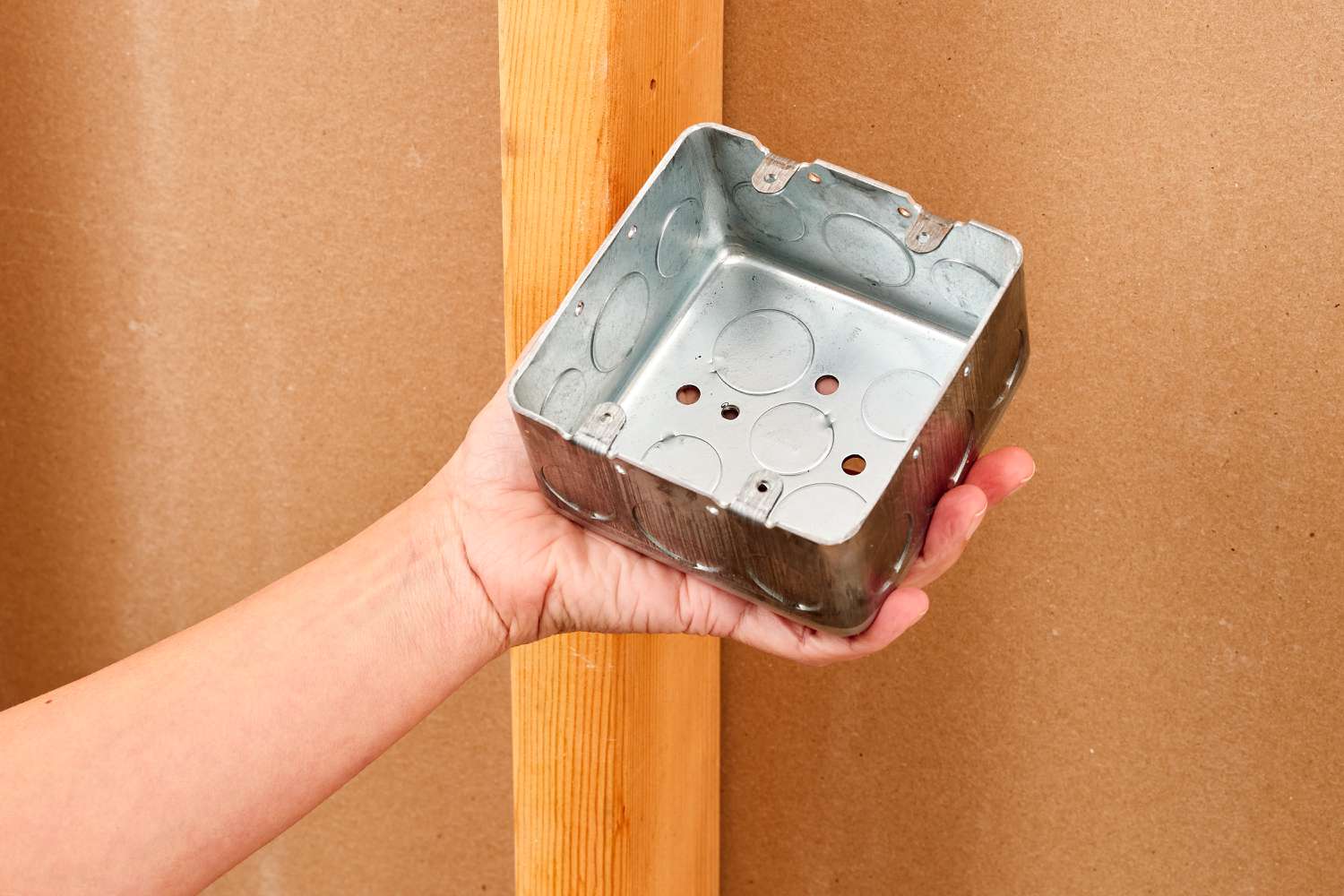
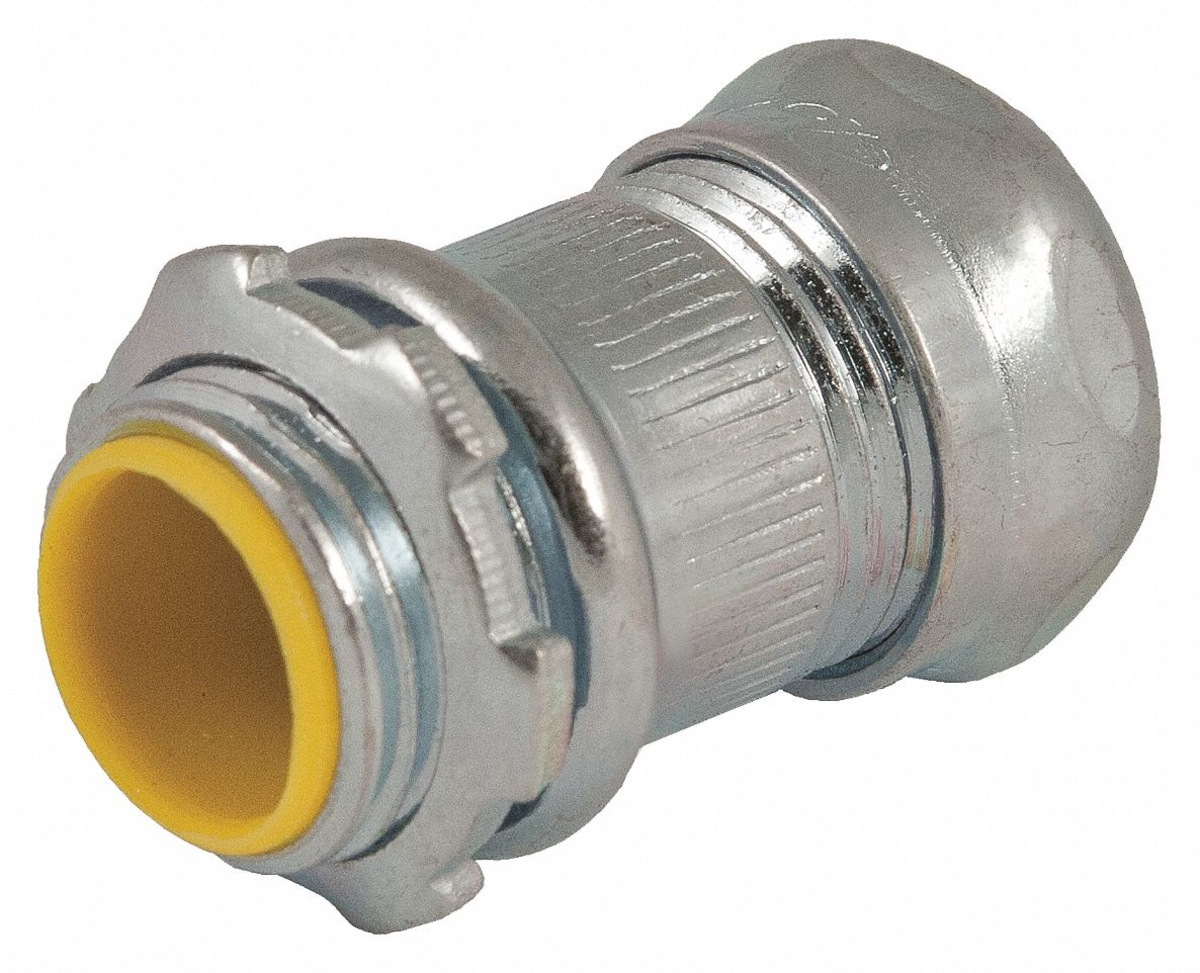
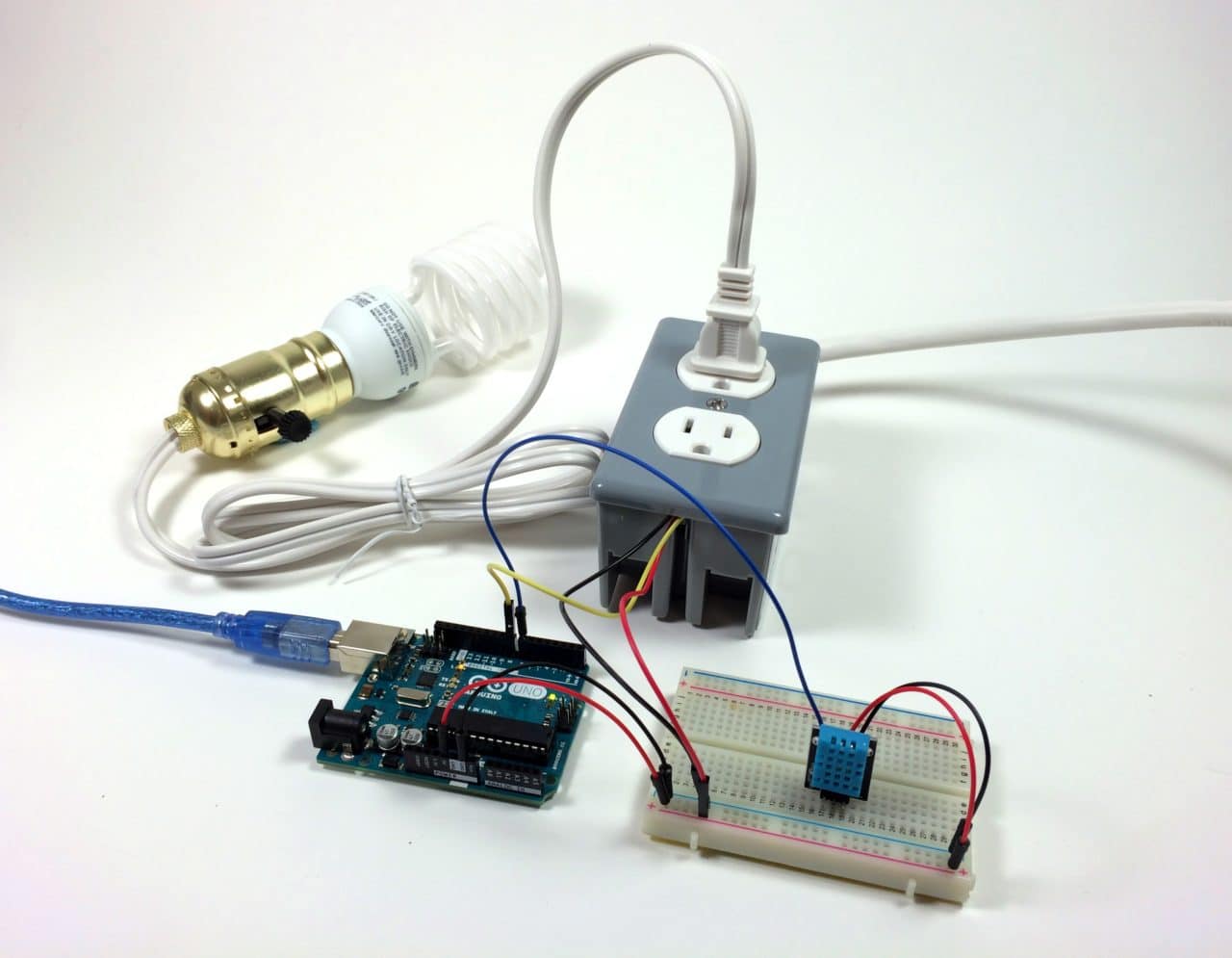
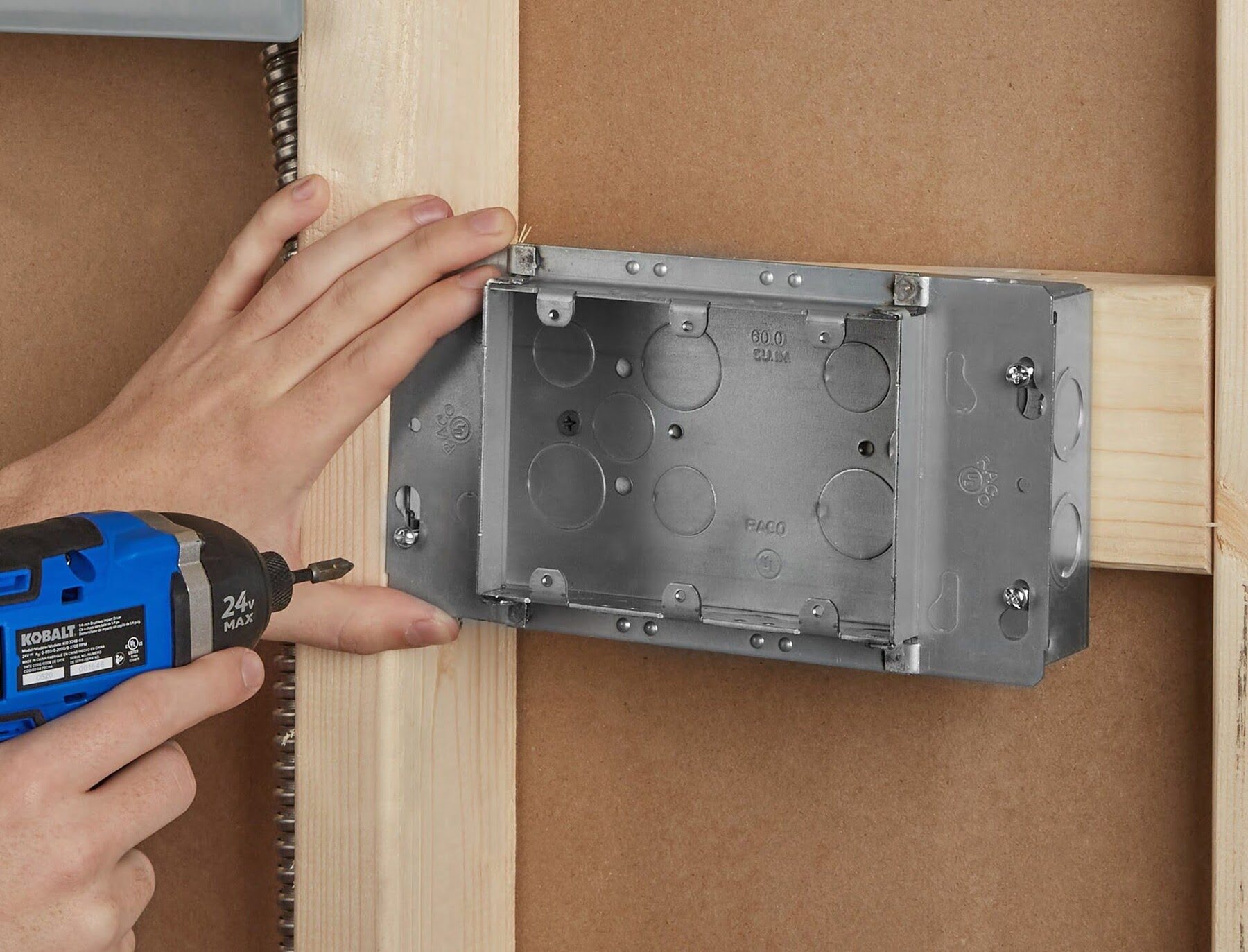

0 thoughts on “How To Remove Electrical Wire From Push-In Connector”